Edges
In geometry, an edge is a line segment where two faces of a solid figure meet. It is the boundary where two flat surfaces of a 3-dimensional shape come together. For example, a cube has 12 edges, where the sides of the cube meet each other.
Edges are important in understanding the properties of 3-dimensional shapes. By counting the edges of a shape, you can determine its characteristics and differentiate it from other shapes.
When counting edges, it's important to remember that an edge is a line segment, not just a line. It has a starting point and an ending point, and it represents the intersection of two faces of the shape.
Understanding edges helps us identify and describe the shapes around us, from simple cubes and rectangular prisms to more complex shapes like pyramids and cylinders.
Practice counting edges and identifying them on different shapes to improve your understanding of 3-dimensional geometry.
Remember, edges are the meeting points of two faces in a 3-dimensional shape, and counting them can help us understand the shape better.
[Edges] Related Worksheets and Study Guides:
.◂Math Worksheets and Study Guides Third Grade. Solids and Faces
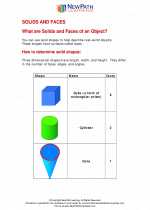
 Worksheet/Answer key
Worksheet/Answer key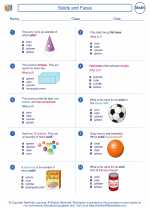
 Worksheet/Answer key
Worksheet/Answer key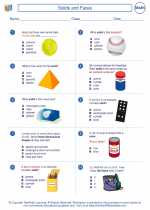
 Worksheet/Answer key
Worksheet/Answer key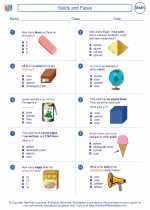
 Worksheet/Answer key
Worksheet/Answer key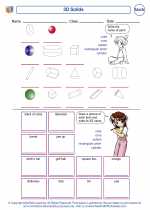
 Worksheet/Answer key
Worksheet/Answer key
